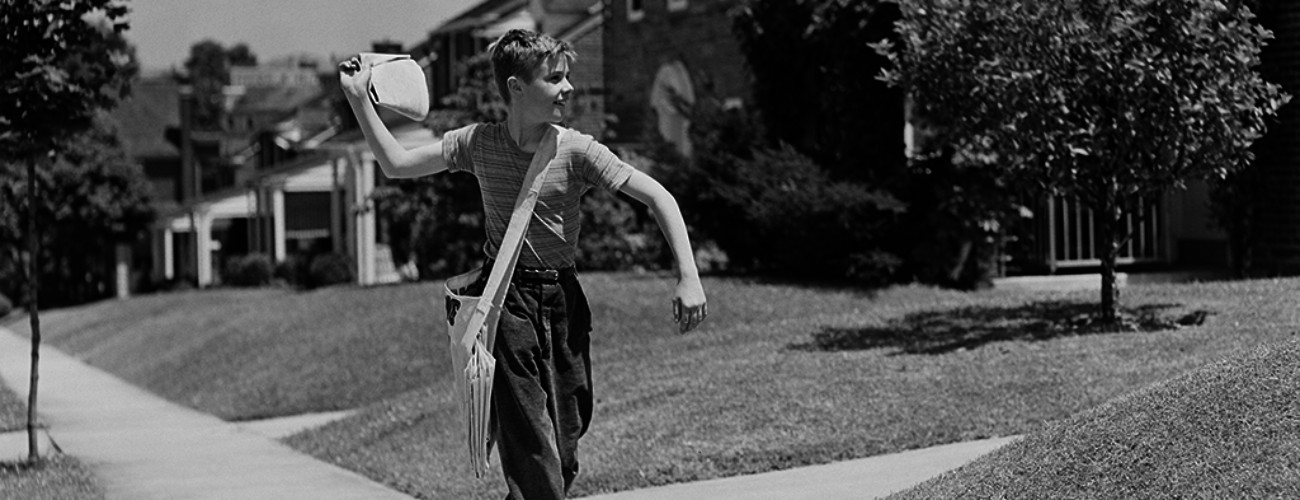Sign up for The Media Today, CJR’s daily newsletter.
In an era of new media, with a 24-hour news cycle and president who favors the instant communication vehicle of Twitter, one of the oldest formats on television is experiencing a resurgence. The Sunday morning political talk show, pioneered by NBC just after World War II, is perhaps more relevant in the Trump era that at any point in the past several decades.
When Rudy Giuliani kickstarted the week’s news frenzy by claiming that “truth isn’t truth,” he did it on NBC’s Meet the Press. And the president’s lawyer was only the latest administration official to make waves on Sunday morning. With confusion about Trump’s policies and statements a feature of this president, and with a dearth of “daily” briefings increasingly the norm, the Sunday shows are often the platform where the public gets to hear administration figures attempt to explain where Trump stands.
Writing for The Atlantic, Scott Nover examines how the Sunday shows—NBC’s Meet the Press, CBS’s Face the Nation, ABC’s This Week, Fox News Sunday, and CNN’s State of the Union—are adapting to the Trump era. “Compared to the Obama years, the Sunday shows play an outsize role in the way Trump communicates,” Nover writes, “with guests…often helping to interpret the president’s early-morning tweets (there were six on Sunday morning), triaging the latest controversy, or offering a new line of talking points.”
ICYMI: Headlines editors probably wish they could take back
“I think that the Sunday shows are more relevant and more important than ever in the Trump era,” Fox News Sunday host Chris Wallace told Nover. “And the reason I say that is because the velocity of news and the amount of news in a week is so much greater than we’ve ever seen before.”
With their administration interviews and journalist panels, the Sunday shows serve as a boiled down version of many of the issues surrounding this president. Some have criticized the shows for giving extended airtime to aides and friends of Trump who spin, mislead, and lie about what’s going on in Washington, and often seem to be speaking specifically to one West Wing viewer. But those interviews also serve as venues for pushback from aggressive anchors. With only 60 minutes to fill, the shows—for better or worse—set the agenda for what the political media will be focused on at the beginning of each week.
Below, more on the new era for an old format.
- Exposing the dissonance: Nover writes that the tendency of the president to contradict his spokespeople is one of the threads exposed by Sunday interviews. “No one really speaks for the president other than the president,” Face the Nation host Margaret Brennan tells him.
- What’s not covered: By focusing on administration interviews and journalist panels’ reaction to them, the Sunday shows can overlook important stories. In June, Media Matters reported that the shows completely ignored a study that found the death toll in Puerto Rico from Hurricane Maria was significantly higher that official estimates. The same month, as the administration’s family separation policy was the lead story, The Daily Beast noted that only one of 12 headline guests on the shows was Hispanic.
- An influential audience: Though the shows don’t draw huge ratings, they’re watched by people who make decisions in Washington. “It’s not the biggest audience in television, but it’s one of the most influential,” Wallace says.
Other notable stories
- Trump’s latest Oval Office interview went to Reuters, whose Steve Holland, Jeff Mason, and James Oliphant asked the president about a wide variety of topics, including whether he would be willing to sit for an interview with Special Counsel Robert Mueller. Reuters released excerpts from the conversation, but, like the Wall Street Journal, last week, declined to provide a full transcript.
- With journalist safety in the news, The New York Times’s Ken Vogel shared a voicemail he received in which the caller repeats Trump’s “enemy of the people” line, then adds, “although the pen might be mightier than the sword, the pen is not mightier than the AK-47.”
- Citing a new report from the Asian American Journalists Association, Karen K. Ho writes for CJR that “some of the biggest newsrooms in the country are paying women and minority staffers significantly less than their male and white counterparts.”
- New LA Times owner Patrick Soon-Shiong has promised to infuse new life into the paper, and he appears to be backing that up, coaxing Sewell Chan away from The New York Times to serve as the LAT’s deputy managing editor. “No publication is better equipped to tell the story of America’s future than the Los Angeles Times,” Chan said, adding, “I am thrilled to be part of the revival of this essential institution.”
- The NYT’s Sopan Deb flagged this piece from World Magazine concerning censorship at Liberty University. Charissa Crotts, Elizabeth Rieth, and Isaiah Johnson report on tensions between administrators and student journalists working on the Liberty Champion newspaper, and add that in 2016, Liberty President Jerry Falwell Jr., a strong Trump supporter, “began reviewing prior to publication Champion articles that mentioned Trump.”
- Interesting piece from the News & Observer’s Luke DeCock, who explains why he turned down an offer from The Athletic to remain at the Raleigh, NC, paper. “I still believe in newspapers and the absolutely essential role they play in the life of communities like the Triangle, a role a sports-focused website like The Athletic could never fill,” DeCock writes.
ICYMI: ‘Truth isn’t truth,’ says Giuliani, continuing Trump’s war on facts
Pete Vernon is a former CJR staff writer. Follow him on Twitter @ByPeteVernon.

